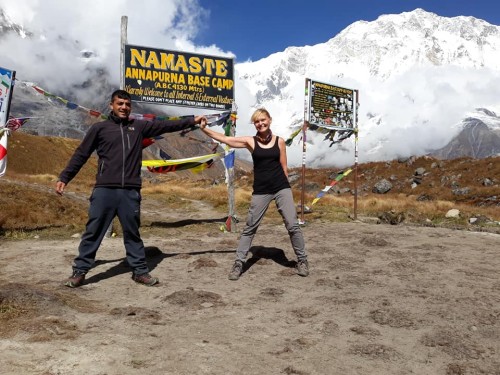Everest Base Camp Trek Highlights
17th Feb, 2025

Have you ever dreamed of standing in the shadow and Base of the world’s highest peak? If you have ever dreamed of standing in the shadow of the world’s highest peak—Mount Everest—and are planning to reach its base, the journey from Kathmandu to Everest Base Camp is filled with incredible highlights.
Table of Contents
From breathtaking views to challenging high-altitude trails, the Everest Base Camp Trek is more than just a hike; it’s an experience that will test your limits, change your perspective, and take your breath away—both figuratively and literally! From the adrenaline rush of the flight into Lukla to the panoramic views from Kala Patthar, this trek packs a lifetime of adventure into less than two weeks.
Imagine walking through ancient Sherpa Villages, where the fresh mountain air carries the fluttering of prayer flags. Picture the moment you first see the towering Everest, its snow-covered peak rising into the sky. Feel the spiritual energy at Tengboche Monastery, where centuries of tradition and devotion are carved into the very stones. This is just a glimpse of the wonders that wait on this incredible journey.
The Everest Base Camp Trek is an unforgettable journey that takes you from Lukla and the vibrant Sherpa capital of Namche Bazaar to the breathtaking landscapes and high-altitude terrain of Sagarmatha National Park, offering a perfect blend of culture and nature.
Welcome to Nepal for an unforgettable adventure with us! This time, we’re taking you on an incredible journey through the mountains—passing through beautiful villages, marveling at breathtaking landscapes, crossing high-altitude terrains, reaching viewpoints over 5,000 meters for stunning panoramas, witnessing spectacular sunsets, exploring ancient monasteries, experiencing thrilling flights, and forming new friendships along the way.
Are you ready to embark on the trek of a lifetime? Without further commotion, let's dive into the highlights of the Everest Base Camp Trek!
Full Board Package Cost for the EBC Trek
We also offer a full-board package for the Everest Base Camp Trek based on trekkers' requirements. Our program includes various packages with different itineraries, depending on the starting and ending points and the trekkers' pace.
The full-board package costs between USD 1,200 and 2,500. These packages provide an all-inclusive and hassle-free adventure in the Everest region, typically covering everything from arrival to departure in Kathmandu. This include three nights' hotel stay in Kathmandu, transportation to and from Lukla, logistics, accommodations, meals, permits, guide and porter services, and a basic first aid kit for the trek.
This full-board package makes planning easy, as all logistics and permits are managed by our agency. Our experienced local guides ensure a safe and enriching trekking experience, while meals and accommodations are arranged so you can focus entirely on the trek.
Scenic flight to Lukla and back
As you make your way to Everest Base Camp from Kathmandu, you'll enjoy a bird's-eye view of the stunning landscapes ahead from the airplane. During the flight from Kathmandu to Lukla, you'll be treated to a spectacular view of the Himalayas, with snow-capped peaks surrounding you. On your 35-minute flight, you'll witness a dramatic transition from lush lowlands to rugged mountain terrain, glimpses of remote villages nestled in valleys, and the majestic Khumbu region coming into view. The excitement builds as you land at Tenzing-Hillary Airport in Lukla, often called the most dangerous airport in the world. This thrilling landing is a rite of passage for Everest trekkers, featuring a short, sloping runway (527 meters long), sheer drops at both ends, and skilled pilots navigating challenging wind conditions.
Traditional Sherpa villages, culture, traditions & hospitality
For centuries, the Khumbu region of Nepal has been home to the Sherpa people, a resilient group known for their mountaineering skills. Their villages, perched atop steep mountains, reflect their ability to adapt and thrive in such challenging environments. Here are a few of the most popular Sherpa villages on the Everest Base Camp Trek:
Traditional Sherpa Villages:
- Namche Bazaar: The vibrant "Gateway to Everest," Namche Bazaar is a bustling Sherpa town with lively markets, traditional homes, and stunning mountain views, making it a trek highlight.
- Pangboche: One of the oldest Sherpa villages, Pangboche is home to the historic Pangboche Monastery, offering a spiritual glimpse into Sherpa culture with its ancient relics.
- Tengboche: A spiritual hub, Tengboche is famous for its iconic monastery surrounded by breathtaking views of Everest and AmaDablam, providing a serene experience of Sherpa Buddhism.
- Khumjung and Khunde: These twin villages feature traditional Sherpa homes, ancient monasteries, and the renowned Hillary School, offering a peaceful and authentic taste of Sherpa life.
Experience the Sherpa Culture:
The Sherpa culture is deeply rooted in Tibetan Buddhism, which influences their lifestyle, festivals, and rituals. As you trek through the region, you'll notice brightly colored prayer flags fluttering in the wind, mani stones (rocks inscribed with Buddhist prayers), and chortens (stupas) scattered across the landscape—each part of Sherpa spirituality.
Sherpa festivals like Losar (Tibetan New Year), Manirimdu, and Dumje are vibrant celebrations filled with music, dance, and religious rituals. If you're lucky enough to be there during these times, you'll witness the Sherpa community coming together in joyful festivity.
Traditional clothing, such as the "chuba" (a long robe) and "bakhu" (a woolen coat), is worn by Sherpas. The bakhu, in particular, is essential for warmth during the cold winters, while also symbolizing their cultural identity.
Sherpa cuisine is hearty and nourishing, suited to the demands of their high-altitude life. Staples include "tsampa" (roasted barley flour), "sherpa stew" (a filling soup of potatoes and meat), and "butter tea." Sharing a meal with a Sherpa family is an experience filled with warmth and generosity.
Sherpa Hospitality:
Along the Everest Base Camp Trek, accommodations and food are a reflection of Sherpa hospitality. While the living conditions can be harsh, Sherpas are known for their kindness, humility, and willingness to assist trekkers. Whether you're dining in a teahouse or visiting a local home, you'll be greeted with a smile and treated like family.
These family-run lodges form the backbone of the trekking industry in the Khumbu region. Managed by Sherpa families, the teahouses offer a cozy place to rest, warm meals, and the chance to meet locals. The warmth and sincerity of their hospitality are unmistakable.
The Sherpa community is tight-knit, and this sense of community extends to visitors. It’s common for locals to invite trekkers for a cup of tea or to share stories about their culture and way of life. Sherpas hold a deep respect for the mountains, which they view as sacred. This connection with nature inspires them to live sustainably and protect the environment.
Base Camp of World’s highest Mt. Everest
After days of strenuous trekking, you finally reach the moment you've been eagerly anticipating—Everest Base Camp. Located at 5,364 meters (17,598 feet), this iconic spot is where climbers begin their journey to scale Mount Everest, one of the tallest mountains on Earth. The sense of achievement at reaching this milestone is indescribable.
At Base Camp, create memories that will last a lifetime. With the dramatic backdrop of the Khumbu Icefall and towering peaks beyond, it's the perfect spot for photo opportunities. Be sure to take a group photo with your trekking team, capture the prayer flags fluttering in the wind, and document the unique landscape of rock and ice.
Standing at the base of this giant deepens your respect for those who have the heart and courage to continue on. With this powerful experience behind you, you’re now ready to head to the next highlight—the breathtaking viewpoint of Kalapatthar.
Kalapatthar – majestic viewpoint
At an elevation of 5,545 meters, Kalapatthar offers trekkers the best views of Mt. Everest and its surrounding peaks. From this vantage point, you'll enjoy 360-degree views of snow-capped mountains, including Lhotse, Pumori, Nuptse, and Changtse. The grandeur of Everest’s rooftop, feeling almost within touching distance, will leave you speechless. For an unforgettable experience, visit Kalapatthar during sunrise or sunset. As the first light of day breaks, watch the mountains transform from dark silhouettes into towering beacons with golden hues. The interplay of light and shadow creates a stunning spectacle that both photographers and nature lovers will treasure. Kalapatthar is a photographer's paradise, offering the perfect spot to capture the tallest mountain range in the world. Here are some tips for the best shots:
With these breathtaking views etched in your memory, you'll be ready to continue your trek, feeling a deep connection to the majestic Himalayas. Next, we'll explore the spiritual heart of the region at Tengboche Monastery.
Tengboche Monastery
Exploring the largest monastery in the Khumbu region, Tengboche Monastery, perched at 3,867 meters, is a spiritual highlight on your journey through the Khumbu. This majestic building stands tall against a snow-peaked backdrop. Founded in 1916, the monastery is not only the largest of its kind in the area but also one of the most revered.
Stepping inside, you’ll be surrounded by vivid colors and intricate details. The main prayer hall, with its elaborate murals and statues, is particularly impressive. Visitors are generally welcome to observe the daily rituals and prayers, offering a fascinating insight into Tibetan Buddhist customs.
The monastery's location provides breathtaking panoramic views of the surrounding Himalayan peaks. These serene surroundings create perfect spots for meditation and contemplation, enhancing the spiritual experience at Tengboche. The tranquility and spiritual energy of the monastery will stay with you, helping you remain present as you continue your journey through the Khumbu and its stunning glaciers.
Khumbu Glaciers
As you trek deeper into the Khumbu region, you’ll encounter one of nature's most majestic works of art: the Khumbu Glaciers. These massive rivers of ice are a testament to the sheer power and beauty of the Himalayas.
The Khumbu Glacier, the world’s most famous glacier, stretches over 17 kilometers and is a vital part of the Everest Base Camp trek. Trekkers are often amazed by the overwhelming size and magnificence of these icy formations. Glaciers form over centuries as snow accumulates and compresses into ice, and the Khumbu Glacier is no exception. It showcases various stages of glacial development, offering stunning photographic opportunities and a glimpse into the evolving nature of glacial geology.
Sagarmatha National Park - UNESCO World Heritage Site
Sagarmatha National Park, founded in 1976, was recognized as a UNESCO World Heritage Site in 1979. This prestigious title acknowledges the park's exceptional beauty and ecological importance. Covering 1,148 square kilometers, the park is home to Earth’s tallest mountain, Mount Everest, and many other towering peaks. Despite its harsh alpine environment, the park boasts an incredible range of biodiversity. Here’s a glimpse of what you might encounter:
- Flora: Over 1,000 plant species, including rhododendrons, blue pines, and junipers
- Fauna: Rare animals like the snow leopard, red panda, and Himalayan black bear
- Birds: Over 118 bird species, including the colorful Danphe (Himalayan monal)
Sagarmatha National Park faces numerous challenges in preserving its unique ecosystem. However, ongoing conservation efforts focus on wildlife preservation, sustainable tourism, and engaging local communities in conservation activities.
Namche Bazar- the Capital of Sherpa People
Namche Bazaar, known as the gateway to Everest, is an important stop for acclimatization. Located at 3,440 meters (11,286 feet), this lively town offers a perfect mix of rest and activity for trekkers. During your acclimatization day, you can look forward to activities like a morning hike to the Everest View Hotel, visiting the Sherpa Culture Museum, and relaxing in one of the many cafes. Namche Bazaar is also the last chance to stock up on trekking essentials or pick up unique souvenirs. The village has a wide variety of shops selling both traditional local crafts and high-quality outdoor gear. Spend the day exploring and then enjoy the local dining scene. Namche has a good selection of restaurants offering both local and international cuisine. As the sun sets, trekkers gather in the town’s cozy bars and cafes to share stories over drinks.
One of the best things about Namche Bazaar is its atmosphere and the opportunity to meet other trekkers. You can exchange tips, share experiences, and maybe even find new trekking partners. Many friendships have been formed in the heart of the Himalayan Mountains. By the time you’re ready to leave Namche Bazaar, you should feel strong, acclimatized, and prepared for the remaining journey to Everest Base Camp.
Sherpa Culture Museum:
The Sherpa people are to mountaineering what the mob is to the docks – known for their incredible strength, resilience, and deep knowledge of the world’s highest peaks. But their culture goes far beyond mountaineering. The Sherpa Culture Museum in Namche Bazaar – the gateway to Everest before the final stretch of the trek – offers a look into their history, spirituality, and everyday life.
The museum was established to preserve and share Sherpa traditions, which are closely connected to Buddhism and the rugged, beautiful landscape of the Himalayas. Inside, you’ll find ancient artifacts, traditional clothing, religious items, and stories that go back centuries.
At the Sherpa Culture Museum, you’ll see:
- Sherpa History and Lifestyle Exhibits: The museum showcases various aspects of Sherpa life. You’ll see models of traditional Sherpa homes, tools, and daily items that paint a clear picture of how Sherpas have adapted to life at high altitudes. You can also learn about their farming practices, trade routes, and the important role yaks play in their culture.
- Religious Artifacts and Buddhist Influence: Buddhism is central to Sherpa culture, and the museum features a rich collection of religious items. You’ll find intricately carved prayer wheels, thangka paintings, and statues of Buddhist gods, offering insight into the spiritual practices that guide the Sherpa way of life. The tour will also explain the significance of monasteries, prayer flags, and mani stones in their daily rituals.
- Mountaineering Legacy: A discussion of Sherpa culture wouldn’t be complete without mentioning their deep connection to mountaineering. The museum honors legendary Sherpa climbers, including Tenzing Norgay, who reached the summit of Everest in 1953 alongside Sir Edmund Hillary. The museum displays climbing equipment, photographs, and stories of Sherpas who have supported countless expeditions over the years.
- Interactive Learning Experience: The Sherpa Culture Museum is more than just a place to visit; it’s a place to engage. Visitors can interact with displays, watch documentaries, and enjoy cultural performances. These experiences bring the exhibits to life and help create a deeper connection to the Sherpa community.
While the Sherpa Culture Museum is a key highlight, trekking in the Khumbu region offers countless opportunities to experience Sherpa culture. You can explore ancient monasteries like Tengboche, meet local families, and, if your trek lines up, take part in traditional festivals. Each encounter is a new lesson in understanding the Sherpa way of life.
National Park Museum:
The National Park Museum is located in Namche Bazaar, a must-stop for visitors trekking to base camp or exploring the Khumbu region. This hidden gem offers a deep look into the natural and cultural wonders of Sagarmatha National Park, a UNESCO World Heritage site and home to the world’s highest peak, Mount Everest. Whether you’re a nature lover, a culture enthusiast, or simply interested in the Himalayas, the National Park Museum provides plenty of knowledge and inspiration.
In addition to its displays, the museum allows visitors to learn about the Khumbu region’s unique ecosystem, rich biodiversity, and vibrant culture. It also features information on the region's geological formations, local flora and fauna, cultural artifacts from the Sherpa people, and conservation efforts and challenges.
Tasting authentic Sherpa dishes
Trekking to Everest Base Camp gives you the chance to try authentic Sherpa cuisine. Nepali meals, like dal bhat (lentils and rice), Sherpa stew, and momos (dumplings), are filling and healthy, providing the energy needed after a long day of trekking. These dishes not only fuel your journey but also offer insight into the local culture. Along the trek, teahouses offer a variety of warm drinks to help combat the cold mountain air, such as Masala chai (spiced tea with milk), hot lemon (a soothing drink with honey), and Tibetan butter tea (a savory drink). These drinks warm you up and offer a chance to rest and socialize with fellow trekkers and locals.
While trekking through the Himalayas, local eateries in villages like Namche Bazaar and Dingboche serve delicious meals where you can relax and recharge. Many of these lodges have traditional Sherpa decor, giving you a glimpse into everyday life in the Khumbu region. Proper nutrition is essential for a successful trek. Many teahouses serve energy-rich foods like Tibetan bread with jam or honey, oatmeal with dried fruits and nuts, and eggs prepared in various styles. These nutrient-packed options help sustain energy during the challenging journey. Now, we head to the majestic landscapes that make the Everest Base Camp trek an unforgettable experience.
Wonderful landscape:
The Everest Base Camp trek is more than just a walk to the foot of the world’s highest peak; it’s an unforgettable journey through some of the most stunning landscapes on Earth. Along the way, you'll experience a variety of natural wonders, each more incredible than the last. Here’s a look at the landscapes that make this adventure so iconic:
Lush Green Valleys and Forests
The trek begins in the lower Khumbu Valley, where you'll walk through green forests, terraced fields, and beautiful rhododendron blossoms. The trails are lined with pine and fir trees, and the sound of rushing rivers will accompany you.
Towering Snow-Capped Peaks
As you climb, the view changes dramatically. You'll be treated to a breathtaking panorama of towering snow-covered peaks, including Everest, Lhotse, Nuptse, and Ama Dablam. These majestic mountains shine brightly in the sun and create a surreal backdrop that will leave you in awe.
- Glacial Rivers and Suspension Bridges
Along the trek, you’ll cross glacial rivers fed by melting ice from the Himalayas. Crossing these rivers on iconic suspension bridges, draped with prayer flags, is both thrilling and scenic. The clear, blue water contrasts sharply with the rugged terrain.
- Alpine Meadows and Sherpa Villages
You’ll pass through charming Sherpa villages like Namche Bazaar, Tengboche, and Dingboche, all set against high alpine meadows. The villages are rich in heritage, with traditional stone houses, terraced fields, and a peaceful coexistence between people and nature.
- High-Altitude Deserts
Higher up, the landscape becomes a stark, high-altitude desert. The ground here is barren and rocky, with pale soil and craggy cliffs. This part of the trek feels otherworldly, with its breathtaking, humbling beauty.
- Glaciers and Icefalls
The trek ends at Everest Base Camp, where you’ll see the grand Khumbu Glacier and Icefall. The massive glacier, with its crevasses and ice towers, is a powerful symbol of nature. The sight of climbers preparing for their ascent adds to the sense of adventure.
- Panoramic Views from Kala Patthar
One of the highlights of the trek is the climb to Kala Patthar, a viewpoint that offers sweeping views of Everest and the surrounding peaks. The view at sunrise or sunset, with the mountains bathed in golden light, is pure magic.
- Ever-Changing Skies
The skies in the Himalayas are spectacular. From clear blue mornings to dramatic cloud formations and starry nights, the changing sky only adds to the magic of the trek.
Conclusion
The Everest Base Camp trek isn't just a trek; it's a life-defining experience that will connect you with the sublime beauty of the Himalayas, the vibrant culture of the people of Nepal, and the sheer intensity of nature. From the heart-pounding flight to Lukla to the tranquility and spirituality of Tengboche Monastery, every part of this adventure is unlike anything else.
The journey takes you through a kaleidoscope of landscapes—verdant green valleys, snow-capped mountains, glacial rivers, arid high-altitude deserts, and the iconic Khumbu Glacier. Each vista serves as a testament to the majesty of the Earth and the fortitude of the people who inhabit this harsh landscape. What gives the journey a much deeper meaning is the Sherpa culture, with its age-old traditions, warm hospitality, and spiritual practices.
Moments like standing at Everest Base Camp and looking up at the Khumbu Icefall, or watching the sunrise from Kala Patthar, are unforgettable. When you combine these experiences with the fellowship of fellow trekkers and the expertise of experienced Sherpas leading your way, you get a once-in-a-lifetime trek.
While many people have walked the Everest Base Camp trail, few will truly understand it. As in life, it's never just about the destination, but the journey, the challenges, the triumphs, and the silence. It's about stepping out of your comfort zone, bonding with Mother Nature, and discovering the powerful force within you.
From dedicated trekkers to first-time adventurers, the Everest Base Camp trek is guaranteed to be an experience of a lifetime. It challenges your endurance, expands your mind, and fills you with a profound appreciation for the miracles of the world and the depths of human grit. So, adjust your shoelaces, stow your wanderlust, and prepare for the journey of a lifetime. The Himalayas are calling. Will you answer?
Are you interested on any of your travel serveices?
Make Inquiry NowRecent From Blog
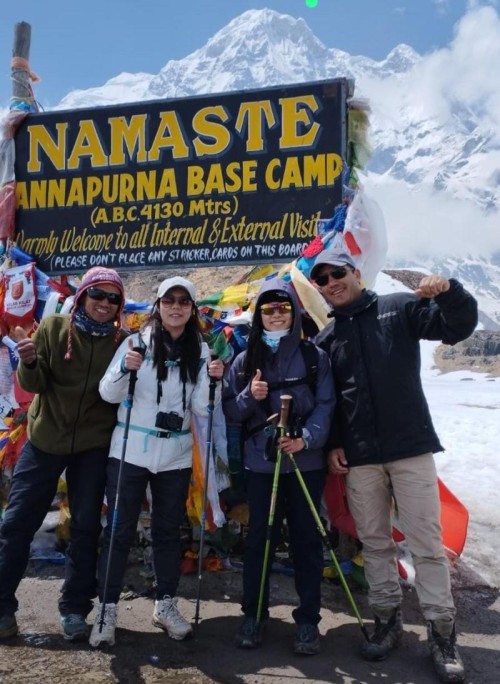
15th Jun, 2023
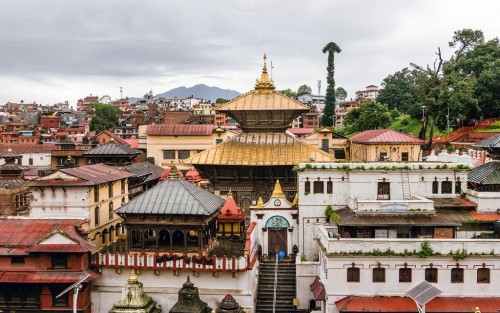
21st Feb, 2021
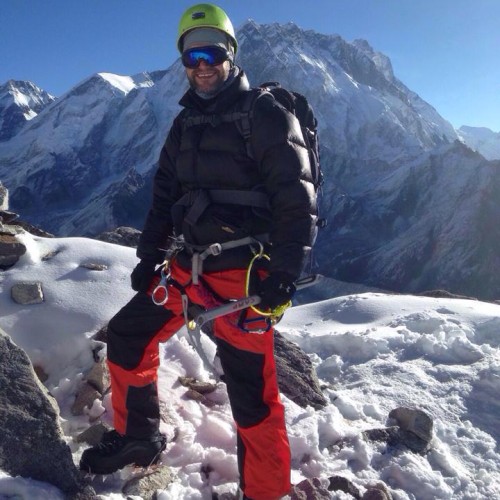
28th Feb, 2018
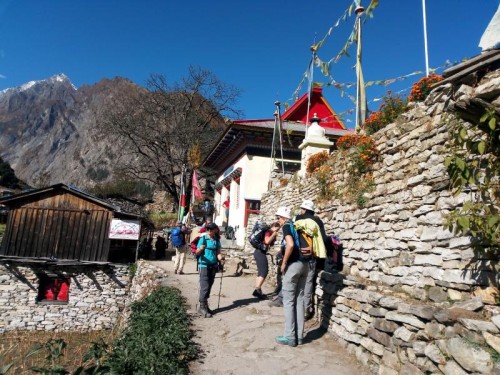
5th Sep, 2023

13th May, 2019
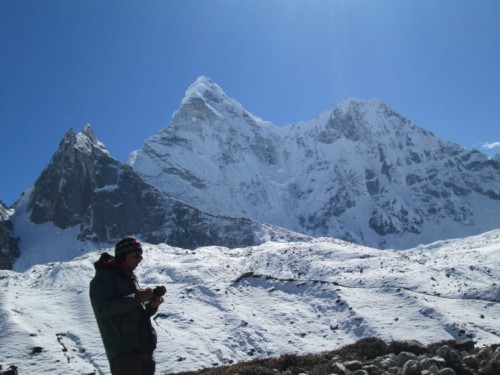
19th Feb, 2019
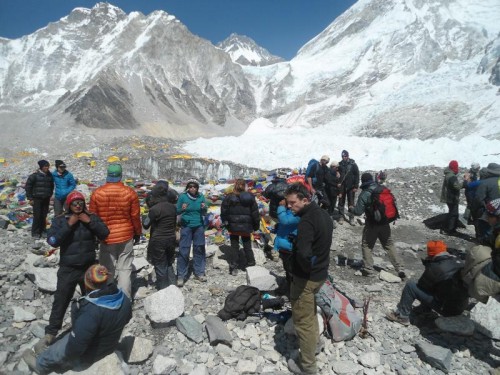
8th Feb, 2021
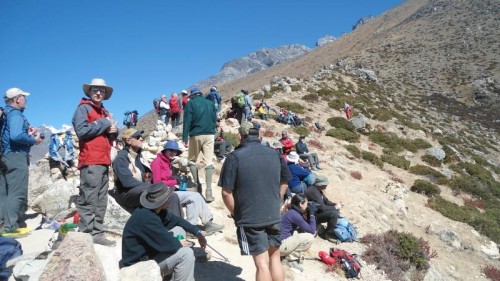
21st Jan, 2021
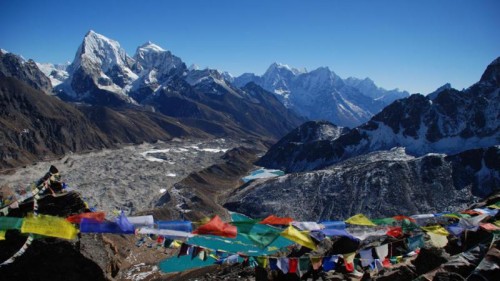
29th Jul, 2020
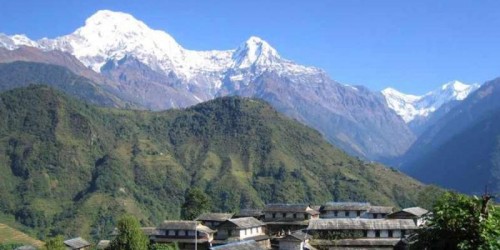
3rd May, 2019

30th Apr, 2020

3rd Apr, 2020

17th Jul, 2020
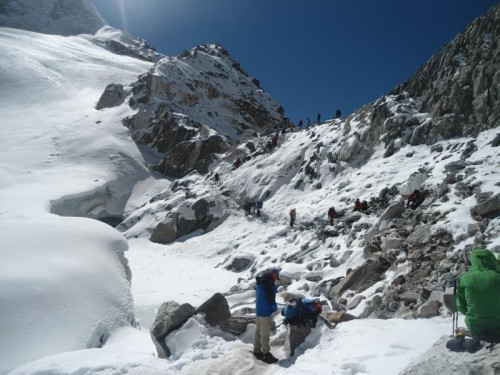
26th Mar, 2020
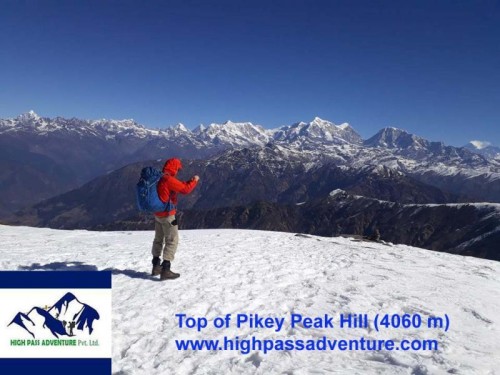
31st Mar, 2020

19th Jun, 2023
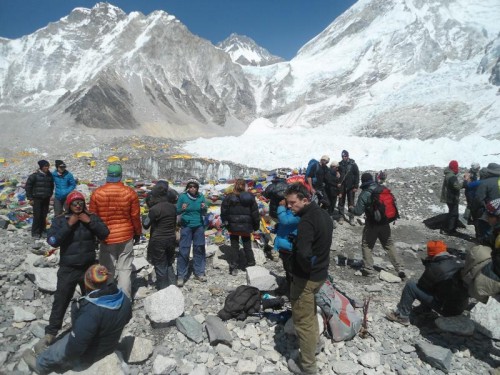
11th Feb, 2020
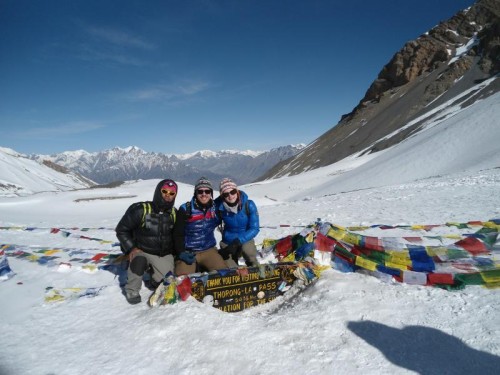
11th Mar, 2020
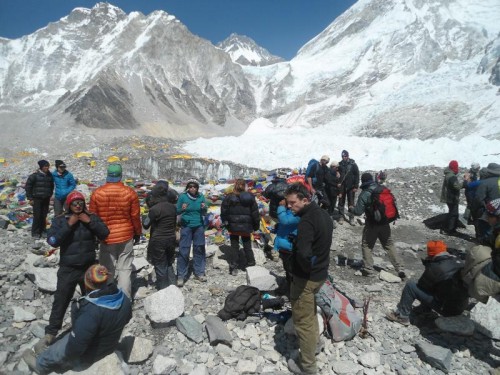
27th Sep, 2019
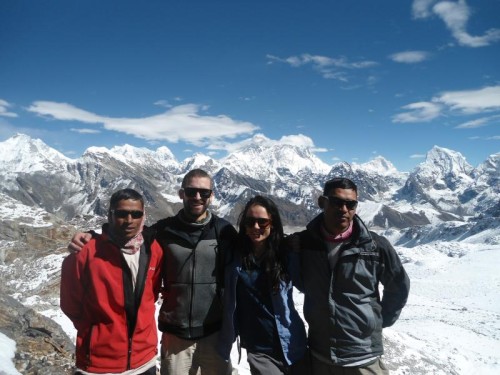
17th May, 2019
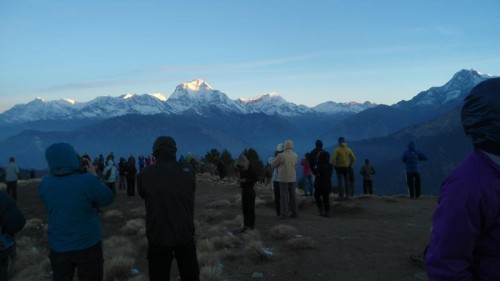
26th Jul, 2020

6th May, 2019

5th Mar, 2019
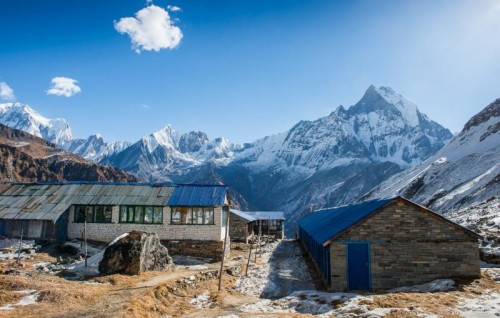
7th Mar, 2020
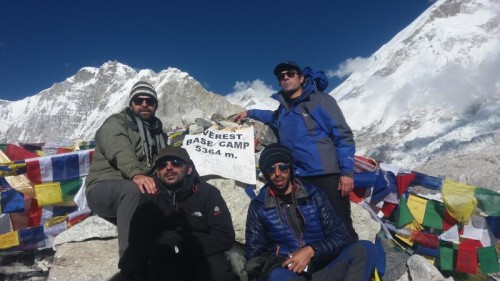
18th Feb, 2019
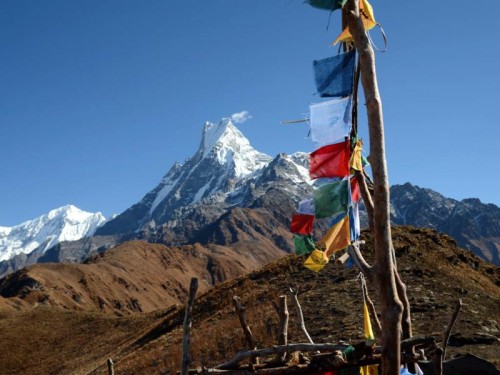
12th Sep, 2019

27th Mar, 2018

27th Mar, 2019
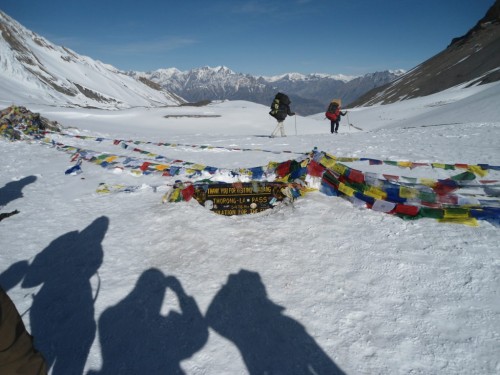
2nd Mar, 2019
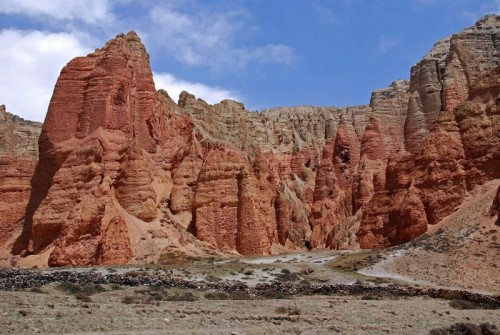
16th Jan, 2019

1st Jul, 2023
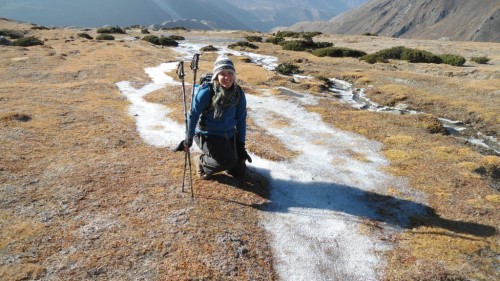
5th Jul, 2023

5th Jul, 2023

5th Jul, 2023

5th Jul, 2023
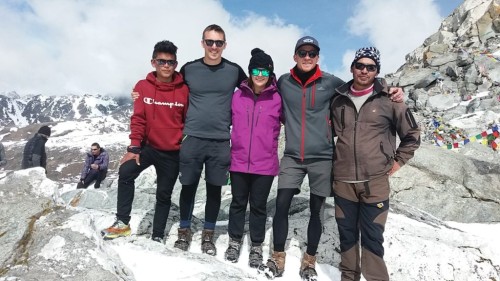
5th Dec, 2019
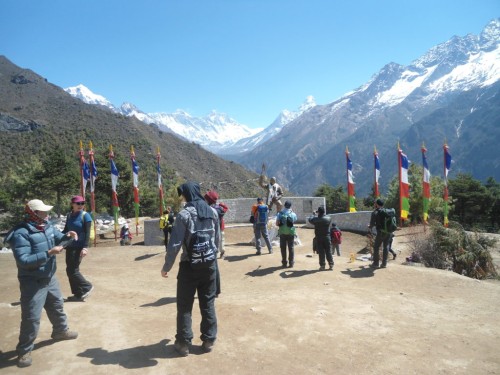
6th Jan, 2019
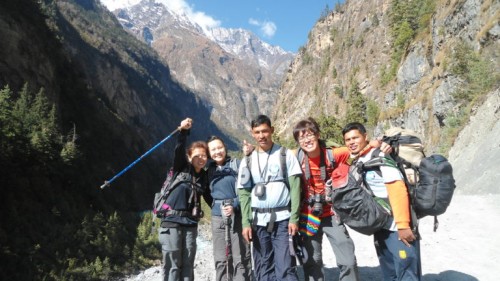
28th Feb, 2018
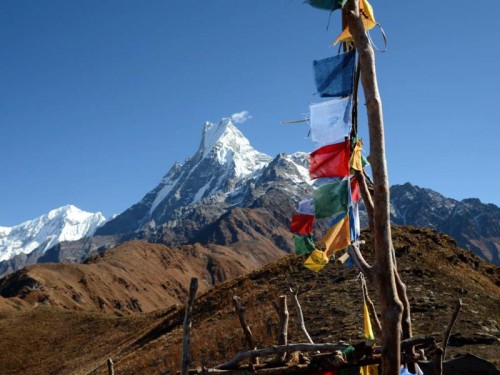
9th Dec, 2018
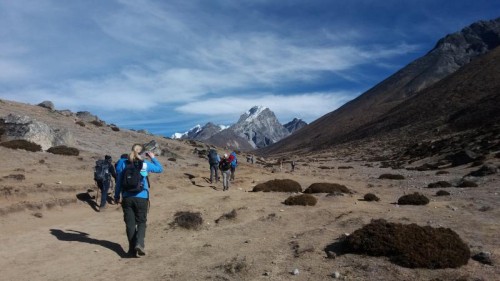
11th Dec, 2018

5th Oct, 2023

3rd Jan, 2024
.jpg)
27th Jan, 2024

29th Jan, 2024

19th Jan, 2025

7th Feb, 2025

17th Feb, 2025

9th Mar, 2025

15th Mar, 2025

18th Mar, 2025

23rd Mar, 2025

25th Mar, 2025

26th Mar, 2025

24th Apr, 2025

21st May, 2025

21st May, 2025

22nd Jun, 2025

22nd Jun, 2025
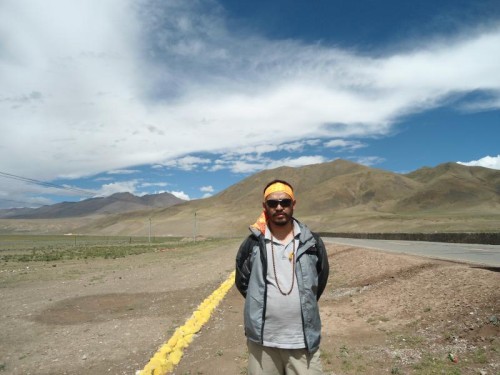
4th Jul, 2025

14th Jul, 2025

14th Sep, 2025



